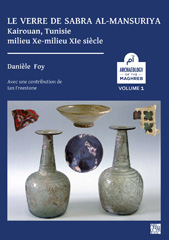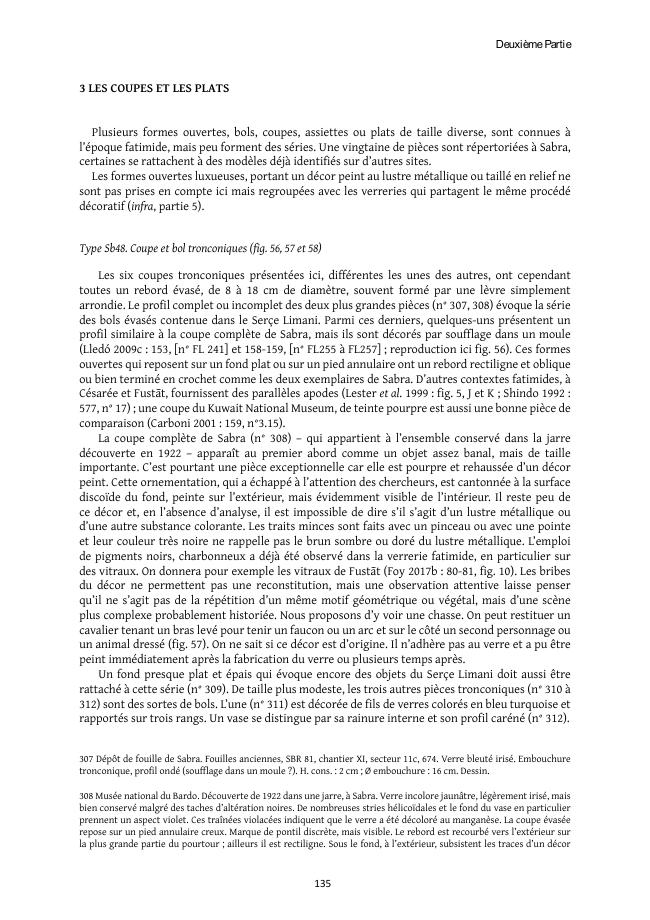Le verre de Sabra al-Mansuriya - Kairouan, Tunisie - milieu Xe-milieu XIe siècle : Production et consommation: vaisselle - contenants - vitrages
300 p.
Islamic glass and its craftsmanship in the Medieval period are known almost exclusively from Middle Eastern literature. The study of the structures of the workshop and the very rich glass assemblage from Sabra al-Mansuriya (Kairouan), the Fatimid capital founded in 947/948 and destroyed in 1057, proves that Ifriqiya followed the technological evolutions of glass craftsmanship.amination of the furnaces and the various artefacts discovered highlights the double vocation of a palatial factory: to produce glass and glazed ceramics. From this particular workshop, installed in the wing of a palace, we found everyday glassware as well as more luxurious types, some with very specific forms, others reproducing models known throughout the Islamic world. These productions are local and imported – distinguished through morphological and chemical analyzes – and form the basis of a first typology of glass used in Ifriqiya from the 10th to 11th century.tectural glass, partly made on site, is also abundant. The crown-glass o
f different colours, used whole or in small fragments, adorned the openwork panel walls with various carvings. The windows and their glass offered a rich polychrome and a complex decorative syntax, reflecting significant technical mastery and the desire to display economic and political power.
Special access authorizations may apply; please contact us for further information.
-
Informazioni
ISBN: 9781789696622
COLLANA
MATERIE
PAROLE CHIAVE
- Glass technology, Medieval, Islam, Maghreb, Mediterranean, Fatimid, Craftsmanship



